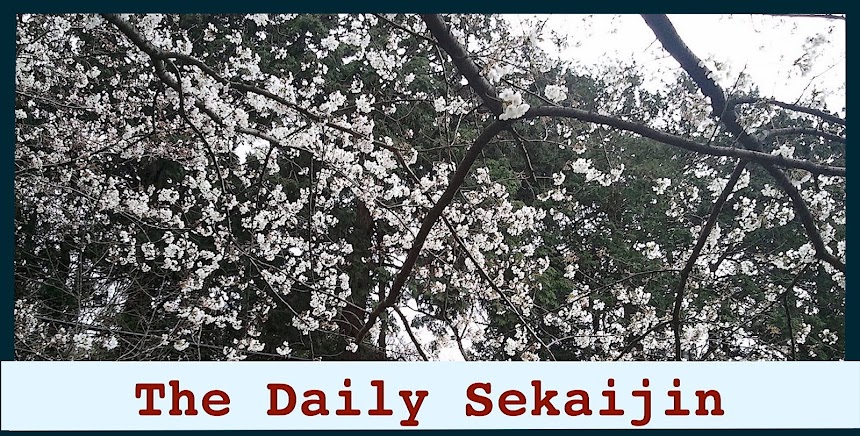Hello!
How are you? Here is a post that connects to our theme on education, and also to issues in psychology.
Before we begin, here are the board notes for our class on 9/30:
Now let's begin!
Do you know what these cards are in the picture at the top? They are called Zener cards, and they were first used for experiments in parapsychology (超心理学) in the U.S. in the 1930s.
A researcher in parapsychology named Joseph Banks Rhine made this experiment famous. He worked with an assistant named Karl Zener, who designed the cards. They wanted to prove the existence of ESP (extrasensory perception).
Experiments such as these have sometimes been used in sports psychology as ways to help athletes, such as baseball or soccer players, get over any difficulties they may have with their play or physical conditioning.
The experiments with these cards, however, were found over the years to have problems, and very few people in psychology now take this experiment seriously.
As future applied scientists, you should know that this is of course not scientifically valid. I do not put this here to make it look valid, or to make you believe in this. But it may be interesting to see how it works, and to play this as a game. Let's check it out!
Activity/homework
Watch this video, but do not make any notes! You will need pencil and paper, however, to record your scores!
You can test you on how much you remember the order of the Zener cards with this video. You can even test a partner in the same way.
For the first 1:10 of the video a person introduces what Zener cards are. You can skip this part and go directly to the cards! From that point, there's no talk on the video. It's silent, so it should be no problem to follow it. Let's get started!
How well did you do?
See you next time!
Before we begin, here are the board notes for our class on 9/30:
Do you know what these cards are in the picture at the top? They are called Zener cards, and they were first used for experiments in parapsychology (超心理学) in the U.S. in the 1930s.
A researcher in parapsychology named Joseph Banks Rhine made this experiment famous. He worked with an assistant named Karl Zener, who designed the cards. They wanted to prove the existence of ESP (extrasensory perception).
Experiments such as these have sometimes been used in sports psychology as ways to help athletes, such as baseball or soccer players, get over any difficulties they may have with their play or physical conditioning.
The experiments with these cards, however, were found over the years to have problems, and very few people in psychology now take this experiment seriously.
As future applied scientists, you should know that this is of course not scientifically valid. I do not put this here to make it look valid, or to make you believe in this. But it may be interesting to see how it works, and to play this as a game. Let's check it out!
Activity/homework
Watch this video, but do not make any notes! You will need pencil and paper, however, to record your scores!
You can test you on how much you remember the order of the Zener cards with this video. You can even test a partner in the same way.
For the first 1:10 of the video a person introduces what Zener cards are. You can skip this part and go directly to the cards! From that point, there's no talk on the video. It's silent, so it should be no problem to follow it. Let's get started!
See you next time!
Image: Screenshot taken from photograph by Mikhail Ryazanov (talk) 01:30, 1 April 2014 (UTC) - File:Cartas Zener.svg + File:Zenerkarten c.jpg, CC BY-SA 3.0, https://commons.wikimedia.org/w/index.php?curid=31927664/Board notes - personal photographs. All rights reserved.
Video uploaded from YouTube. I do not own the rights to this video. All rights reserved to the copyright holder(s). Uploaded for classroom use only.
Video uploaded from YouTube. I do not own the rights to this video. All rights reserved to the copyright holder(s). Uploaded for classroom use only.













